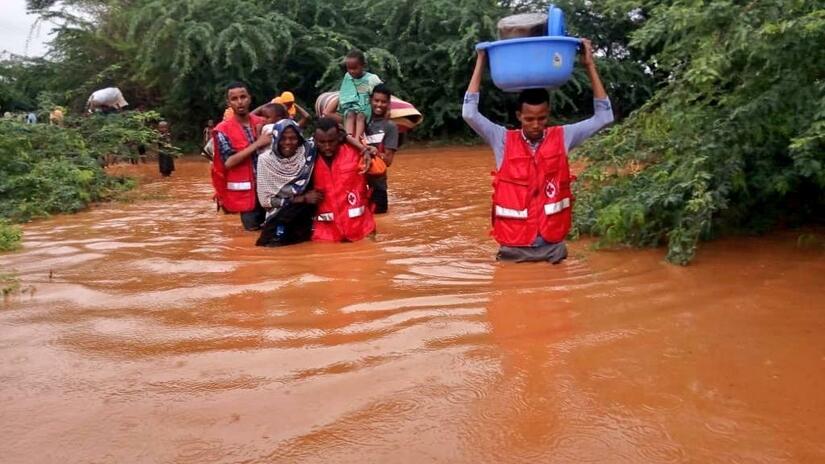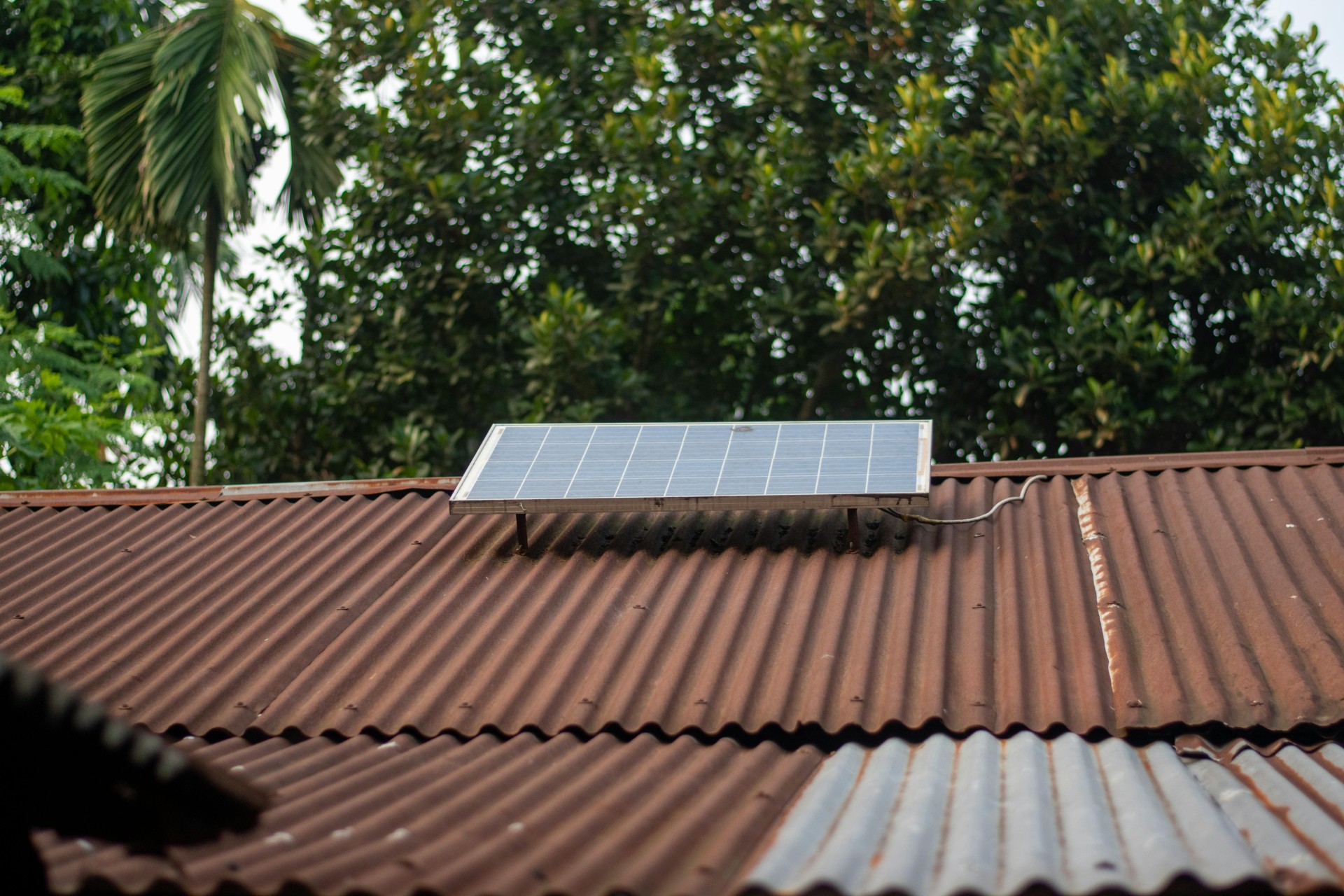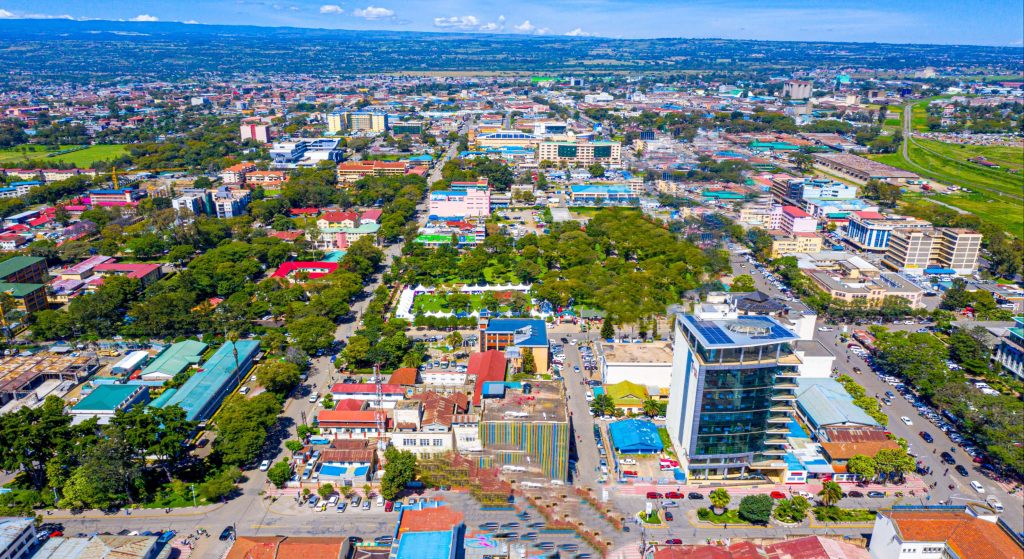- As water levels rise rapidly, residents' safety hangs in the balance.
The recent data from the Kenya Red Cross paints a distressing picture of the devastating impact of floods on households across multiple counties.
From Nairobi to Nyeri, Tana River to Homa Bay, communities grapple with heavy rains' destructive aftermath.
The numbers speak for themselves, with 980 households affected and reports of fatalities and displacement as of last week. Immediate action is required to address the consequences of these floods and protect the most vulnerable among us.
The vulnerability of low-lying areas, particularly Tana River, Garissa, and Lamu counties, demands urgent attention.
As water levels rise rapidly, residents' safety hangs in the balance. The collaboration between the Kenya Red Cross and local communities is commendable, as they work tirelessly to assist and support affected families.
Read More
However, their efforts alone are not enough. Government authorities, NGOs, and communities must collaborate to strengthen flood preparedness measures and ensure the safety and well-being of all.
The forecast from the Kenya Meteorological Department paints a worrisome picture. Heavy rainfall is predicted to intensify in various regions between April 15 and 18, 2024.
Counties across the country, from the Lake Victoria Basin to the Rift Valley, the Highlands to the Southeastern Lowlands, are at risk. The potential for flash floods and other hazards looms large, threatening the lives and livelihoods of countless individuals.
To protect our communities, we must prioritize proactive measures. The first step is to raise awareness and ensure that residents are informed about the risks they face.
Early warning systems and effective communication channels are crucial in providing timely information to those in harm's way. Evacuation plans should be in place, particularly for low-lying areas and regions prone to flooding. This should include identifying safe shelters and establishing efficient evacuation routes.
Investments in infrastructure are also paramount. Improved drainage systems, flood barriers, and flood-resistant building techniques can significantly minimise damage and reduce the risk to human life.
Furthermore, agricultural practices need to be adapted to better withstand extreme weather events, ensuring that farmers are not left counting their losses as their fields are submerged.
It is also essential to prioritize humanitarian assistance to affected families. The Kenya Red Cross and other organizations are critical in providing immediate relief, but sustained support is necessary for long-term recovery.
Those displaced by floods should be ensured access to safe shelter, clean water, and healthcare services. Economic support and livelihood restoration programs can help affected communities rebuild their lives and regain their self-sufficiency.
We can only build a more resilient nation through proactive measures and collective action, capable of withstanding the challenges posed by increasingly unpredictable weather patterns.







